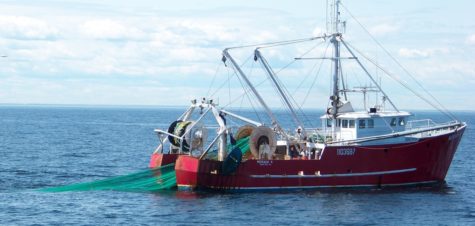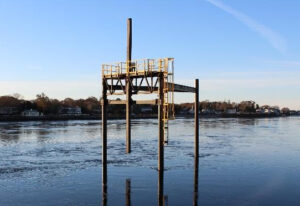WASHINGTON, D.C. – Two reports released this week show the nation’s continued progress in managing marine resources.
NOAA’s Fisheries Economics of the United States report shows that commercial and recreational fishing generated $208 billion in sales in 2015 and supported 1.6 million full- and part-time jobs, along with contributing $97 billion to the gross domestic product. The figures were all above the country’s five-year average.
“These 2015 figures are very close to the record setting year the U.S. had in 2014 and reflect an overall positive trend in economic impacts between 2011 and 2015,” said Alan Risenhoover, NOAA’s deputy assistant administrator.
Including imports, commercial fishing in the U.S. and the seafood industry generated $144 billion in sales in 2015, which was a 6 percent decline from 2014. Commercial fishing supported 1.2 million jobs, a 15 percent decline from the previous year.
“It’s important to remember these figures are still above the five-year average,” Risenhoover said. “In fact, 2015 represents the second highest level during that period.”
Recreational fishing generated a 5 percent increase in sales to $63 billion. Jobs resulting from recreational fishing remained steady at 439,000 jobs.
“Saltwater recreational angling remains a substantial contributor to tourism and the economy,” Risenhoover said.
Risenhoover said there are some challenges in New England with stocks overfished or subject to overfishing.
“The council has been working on reducing some annual catch limits over the years and occasionally increasing some catch limits, so it has been a mix,” he said.
The scallop and lobster fisheries are economic drivers for New England, but other stocks are seeing effects from environmental changes, including increased water temperature.
“It’s a mix of making sure we have good science to put in good management measures so folks can harvest as much as they can of a stock while it remains sustainable,” Risenhoover said.
The Annual Report to Congress on the Status of U.S. Fisheries shows that the number of fish stocks listed as overfished or subject to overfishing domestically remains near all-time lows.
Stocks are classified as overfished when the population is too low because of overfishing or environmental changes, and stocks are the overfishing list when the catch rate is too high.
Four stocks came off the overfishing list last year, while six were added. There were no changes to the list of overfished stocks in 2016.
Barndoor skate in Georges Bank/Southern New England and albacore in the North Atlantic were rebuilt in 2016 increasing the number of rebuilt stocks to 41 since 2000.
By BRIAN MERCHANT, CapeCod.com NewsCenter























